Wind Turbine: What Is It And How Does It Work
Description
Wind energy is a renewable resource that has been utilised by industry and research for several decades. A wind turbine is a device that converts wind into energy. This document employs plain language and uses everyday examples. The aim is to present technical ideas in an accessible manner. The article addresses wind energy, the operation of wind turbines, their principal components and the applications of the energy produced. Real data, recorded experiences and documented case studies are used to illustrate the discussion.
What Is Wind Energy?
Wind energy is derived from the movement of air caused by pressure differences. It is observable in the natural environment, and humans utilise wind energy to generate electricity. It is classified as a renewable energy source. Wind persists at a given location. When applied correctly, wind energy does not harm the environment. Wind energy production has increased in many countries. Several wind farms now supply electricity to cities and communities. This method reduces the consumption of fossil fuels.
How Do Wind Turbines Operate?
Wind turbines capture the kinetic energy of wind and convert it into mechanical energy, which is then converted into electrical energy. The process starts when wind causes the turbine blades to rotate. The blades are connected to a rotor that drives a generator to produce electricity. The rotation speed of the blades depends on wind speed; consequently, turbines operate most efficiently in areas with high and consistent wind conditions.
The blades are engineered to capture wind energy effectively. When wind impacts the blades, it causes them to rotate. The rotation drives a shaft that is connected to a generator. The mechanical energy is converted into electrical energy. The produced electricity is transmitted via cables to an electrical grid, thereby supplying power to households, businesses and industry.
What Are the Main Components of a Wind Turbine?
A wind turbine consists of several components that work together to convert wind energy into electrical energy. These components include:
- Rotor Blades: The aerodynamically designed blades capture the kinetic energy of the wind and convert it into rotational movement.
- Rotor: The rotor, which comprises the blades and the hub, converts wind energy into mechanical energy.
- Gondel: The gondel is located at the top of the tower and houses the generator, gearbox and other vital components. It supports the rotation of the rotor and the conversion of mechanical energy into electrical energy.
- Tower: The tower supports the gondel and the rotor blades. It elevates the turbine to a height where wind speeds are both higher and more consistent.
- Generator: The generator converts mechanical energy into electrical energy.
- Gearbox: Some turbines employ a gearbox to increase the rotor's rotational speed, thereby enhancing electricity generation efficiency.
Each component performs its specific function, thereby ensuring the turbine operates efficiently when wind is available.
What Are the Main Applications of Wind Energy?
Wind energy is deployed in various applications. A typical example is large wind farms that feed electricity into the grid. In many parks, dozens to hundreds of turbines are installed. Residential or small-scale installations are also utilised to meet local energy demands in villages and rural areas. Wind energy is beneficial in remote regions where grid electricity is difficult to access. Countries such as the United States, Germany, India and China operate extensive wind farms. They deploy wind turbines to conserve energy and reduce environmental pollution. Certain industries utilise wind energy for processes that require a consistent supply of clean energy.
Why Do We Need Wind Energy?
Wind energy is required for several practical reasons. It is a renewable energy source. It helps reduce air pollution. Wind energy lowers dependence on oil, gas and coal. It mitigates the risk of environmental damage. Distributed turbines on rural sites allow communities to share energy effectively. Wind energy creates employment and supports local industry. Countries regard wind energy as a method to secure a stable future. Wind turbines contribute to a balanced energy mix, and they can be combined with other renewable sources such as solar energy. Consequently, they help ensure a continuous energy supply.
Conclusion
Wind turbines convert wind energy into electrical energy. Their fundamental components are the blades, tower, gondel and rotor. Wind energy is employed in both large wind farms and smaller installations. Its application has contributed to the provision of clean energy in many regions. This renewable source reduces environmental pollution. It also supports local economies and creates employment opportunities. In summary, wind energy is a resource that benefits society and the environment. Its efficiency and sustainability make it a promising method for future energy generation.
Frequently Asked Questions
Q: What is the primary purpose of a wind turbine?
A: A wind turbine converts wind energy into electrical energy through rotating blades and a generator.
Q: How many blades does a typical wind turbine have?
A: Most modern wind turbines have three blades to ensure balance and efficiency.
Q: Is wind energy a reliable energy source?
A: Yes, wind energy is renewable and reliable when combined with modern energy storage and grid management.

 Bars
Bars
 Beads & Spheres
Beads & Spheres
 Bolts & Nuts
Bolts & Nuts
 Crucibles
Crucibles
 Discs
Discs
 Fibers & Fabrics
Fibers & Fabrics
 Films
Films
 Flake
Flake
 Foams
Foams
 Foil
Foil
 Granules
Granules
 Honeycombs
Honeycombs
 Ink
Ink
 Laminate
Laminate
 Lumps
Lumps
 Meshes
Meshes
 Metallised Film
Metallised Film
 Plate
Plate
 Powders
Powders
 Rod
Rod
 Sheets
Sheets
 Single Crystals
Single Crystals
 Sputtering Target
Sputtering Target
 Tubes
Tubes
 Washer
Washer
 Wires
Wires
 Converters & Calculators
Converters & Calculators
 Write for Us
Write for Us
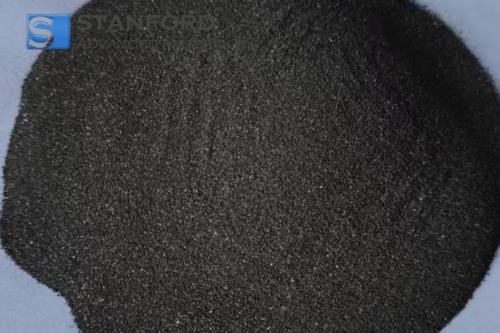
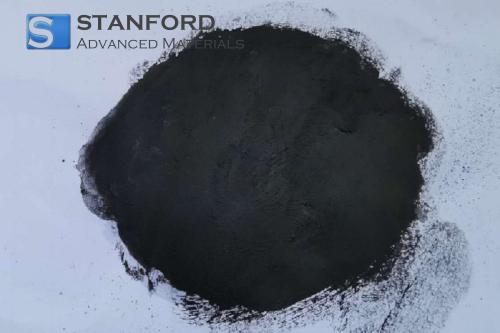
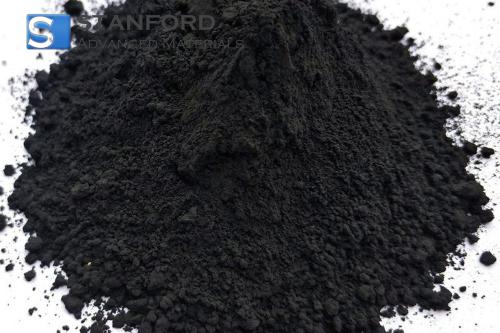
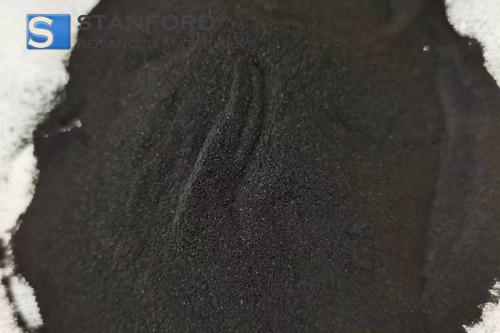
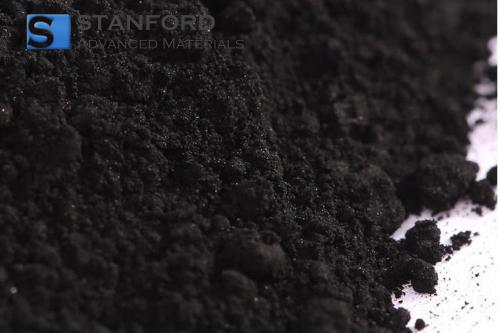
 Chin Trento
Chin Trento



